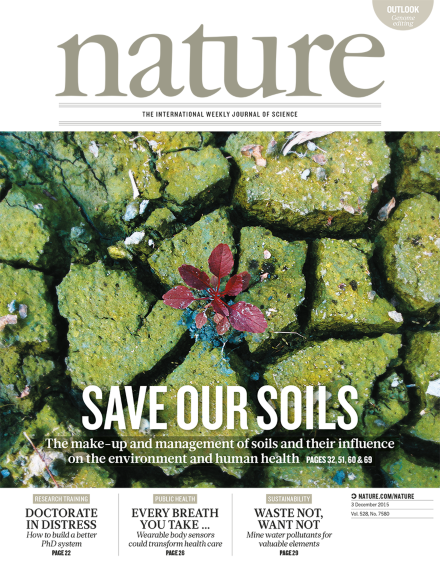Volume 528 Issue 7580, 3 December 2015
Editorial
World View
Research Highlights
Social Selection
Seven Days
News
News Feature
Comment
Books & Arts
Correspondence
Obituary
News & Views
Perspective
Article
Analysis
Article
Letter
Corrigendum
Toolbox
-
Annotating the scholarly web
Collection:

